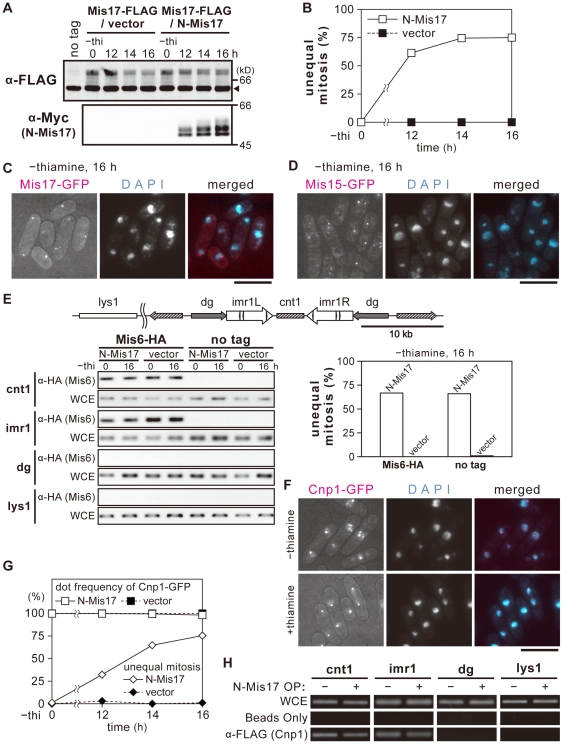Figure 4. N-Mis17 overproduction does not affect endogenous centromere proteins.
A. Vector plasmid or the inducible REP41 plasmid carrying the N-Mis17-Myc gene was introduced into a strain in which endogenous Mis17-FLAG was chromosomally integrated and expressed under the native promoter. N-Mis17-Myc and Mis17-FLAG were assayed by immunoblot. The phosphorylation bands of endogenous Mis17 is shown in the upper panel (α-FLAG). Those of overproduced N-Mis17-Myc is in the lower panel (α-Myc). Arrowhead indicates the cross-reacting antigens. B. The frequency of missegregation was measured after shifting to the absence of thiamine. C. Endogenous Mis17-GFP was observed in cells that overproduced the N-Mis17 fragment in the absence of thiamine (16 h at 33°C). Bar, 10 µm. D. Mis15-GFP was observed in cells that overproduced N-Mis17 in the absence of thiamine (16 h at 33°C). Bar, 10 µm. E. Chromatin immunoprecipitation (ChIP) was done to examine whether Mis6 was bound to the central centromere in cells that overproduced N-Mis17 at 33°C. The central centromere DNAs, such as cnt1 and imr1, were precipitated with Mis6 (α-HA) in the wild-type cells that overproduced N-Mis17 (left panel). Chromosome missegregation was most frequent while Mis6 remained at the central centromere (right panel). F. Cnp1/CenH3 was observed in cells that overproduced N-Mis17 at 33°C. Cnp1-GFP chromosomally integrated and expressed under the native promoter was observed in the absence (top, overproduction for 16 h) and presence (bottom, overproduction is off) of thiamine. Bar, 10 µm. G. The frequencies of Cnp1-GFP signals at the centromere/kinetochore and the frequencies of chromosome missegregation were quantified. H. ChIP was performed for the strain that was integrated with Cnp1/CenH3-FLAG under the native promoter and transformed with plasmid carrying N-Mis17. When N-Mis17 was overproduced (16 h at 33°C), Cnp1/CenH3 was bound to the central centromeric cnt1 and imr1.

